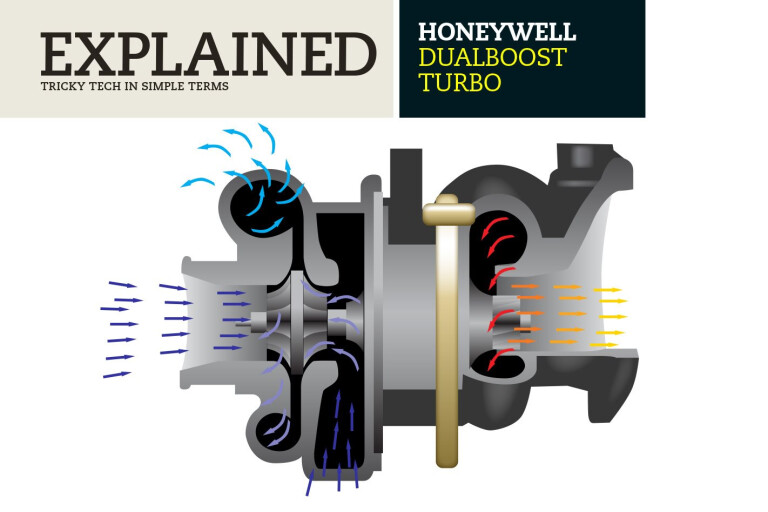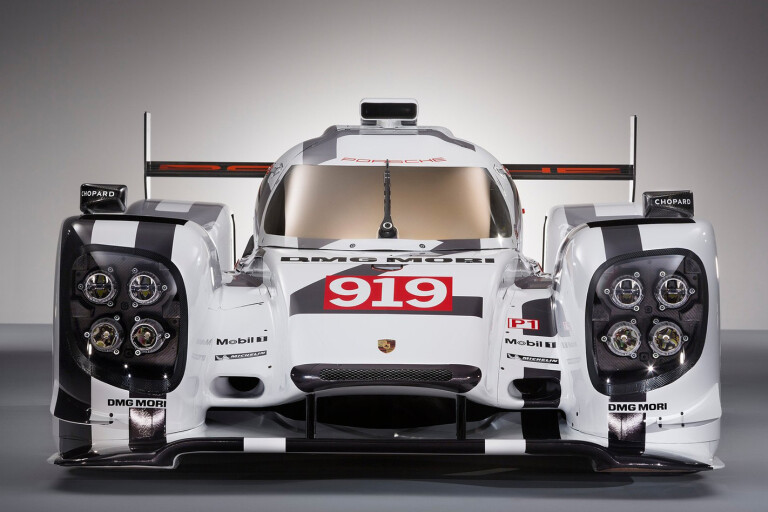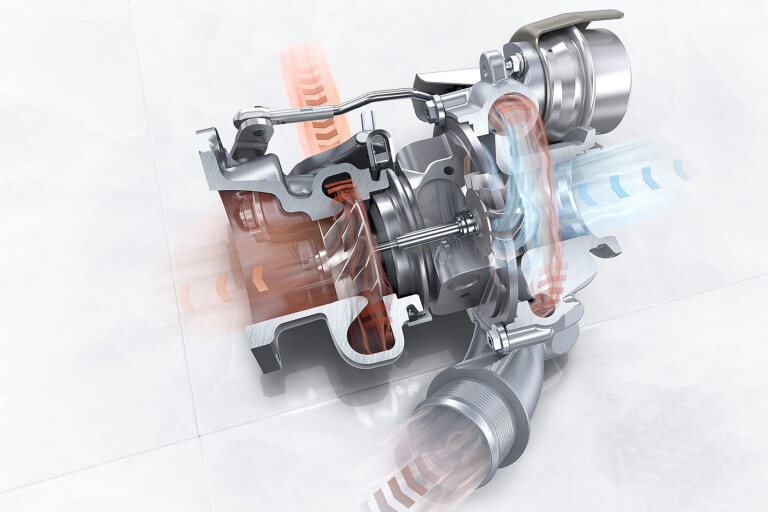
What is it?
A significant evolution of the decades-old turbocharger principle. In the quest to banish performance- and efficiency-sapping lag, Honeywell has re-engineered a design that has remained essentially unchanged since the 1920s. The DualBoost turbo was part of the technology package that made its debut on Porsche’s 919 Hybrid and Evo.

How does it work?
In a conventional turbo, hot exhaust gas spins a radial turbine in a similar manner to a waterwheel, turning through 90-degrees before exiting the centre of the wheel. This change of direction reduces gas velocity and, in turn, the efficiency of the energy recovery.
Honeywell’s DualBoost solution more gradually realigns the gas flow before it enters the turbine housing allowing the use of an axial turbine. Gasses pass through the turbine similarly to a jet engine with fewer energy losses. This allows more of the waste energy to be recycled, which achieves quicker turbine acceleration and greater efficiency.

The more efficient turbine sends drive to a compressor which has also been substantially redesigned. Honeywell has mirrored the design of a conventional centrifugal impeller, allowing its DualBoost compressor to suck air from two sides rather than one.
Like a conventional turbo compressor, the high velocity air is expelled from the impeller’s circumference into the scroll, where its pressure rises, before being fed into the engine, however the mirrored impeller offers many advantages. The unwanted end-thrust generated by a single impeller is cancelled out by the second compressor drawing air in the opposite direction. The second air inlet provides an insulating layer from the hot turbine, lowering compressor temperatures. And two compressors can move double the volume of air of a conventional impeller of the same diameter.
Why does it matter?
The net result is a turbo with transient efficiency improved by up to 30 percent, and a unit that is as much as 20 percent smaller than a conventional turbo of the same performance. The technology brings reduced turbo lag, smaller, lighter overall engine packaging and a significant improvement to overall vehicle performance and efficiency.
 Turbo Titans
Turbo Titans
Everything you’ve ever wanted to know about the humble turbocharger and its miraculous power-boosting abilities.

COMMENTS